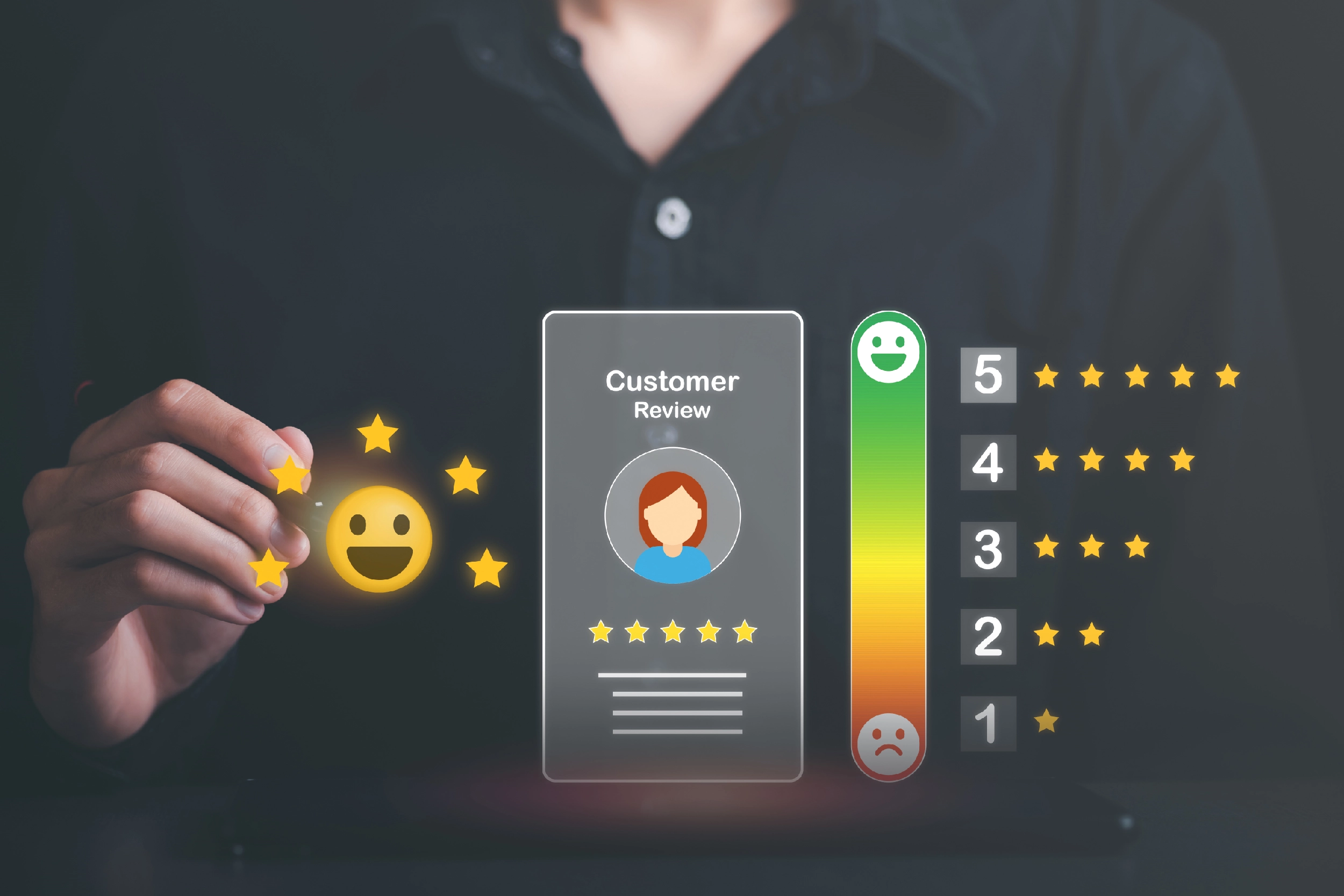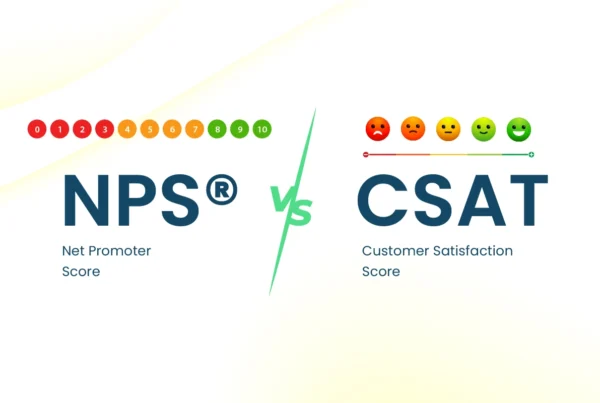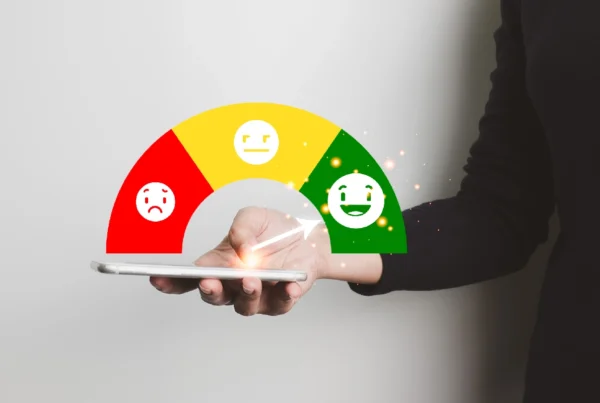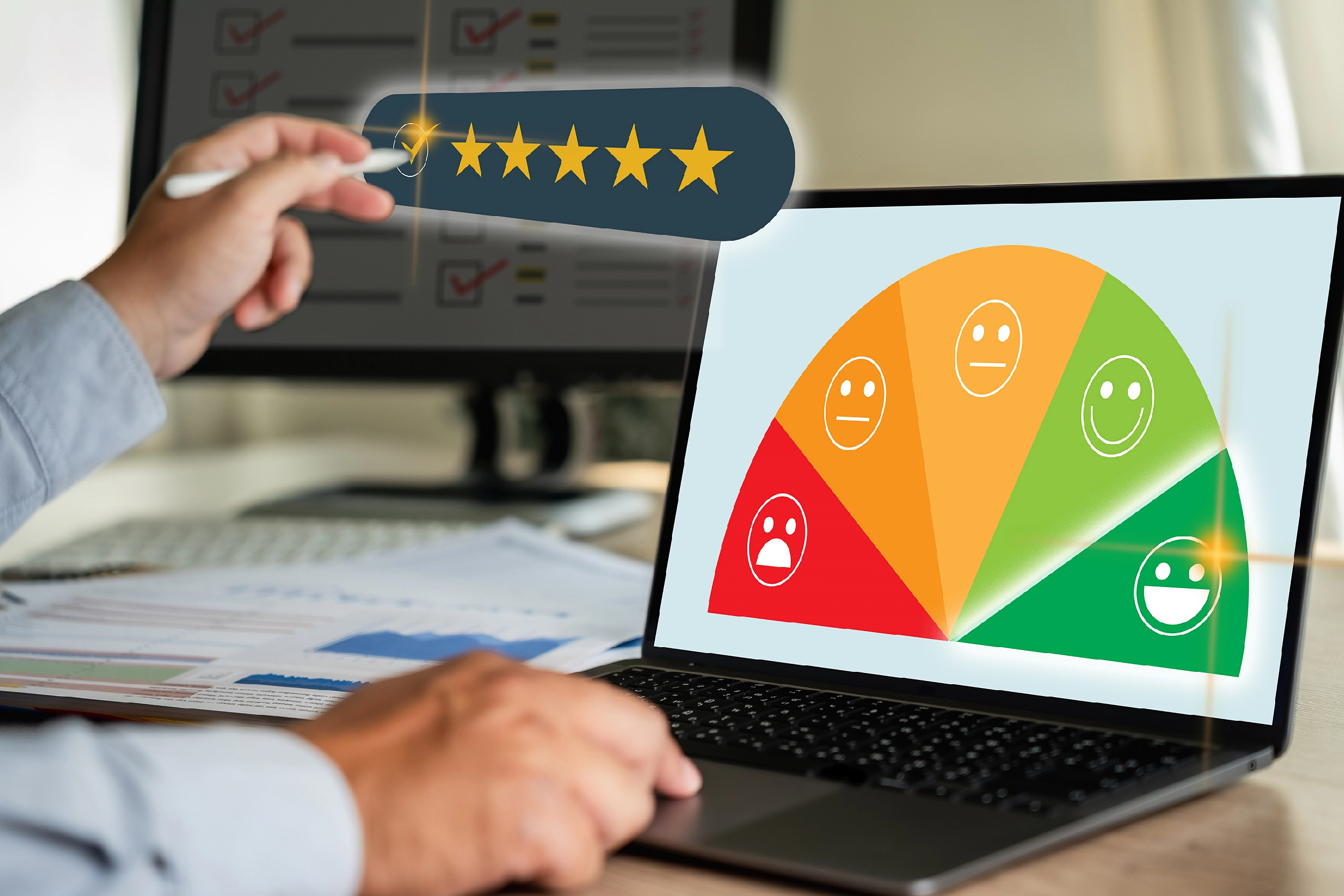Imagine a newly opened restaurant where you just served a delicious meal. The food was exceptionally mouth-watering, the entire environment was peaceful, and the service was satisfactory. However, when guests leave, you observe something very important—their feedback.
So, how does it feel when you find that your company received a bulk of feedback from customers? Some are a handful of passionate supporters, some are unimpressive, and a few might let you down. In such circumstances, NPS follow-up emails come into the picture. They are not just messages; they help to address any concerns and engage more customers.
In this blog, we’ll begin with knowing what NPS and follow-up emails are and provide a few examples of follow-up emails for each group of customers: promoters, detractors, and passives.
Measure Customer Loyalty with NPS ❤️
Create NPS surveys, measure customer loyalty, and close the feedback loop with piHappiness.
What is Net Promoter Score (NPS): The Power Beyond Score
NPS reflects a customer’s overall experience toward a brand rather than their perspective on specific encounters or purchases, setting it isolated from other comparable benchmarks, such as the customer satisfaction score.
Additionally, NPS is a standard benchmark utilized by organizations across the globe. This makes it a useful tool for companies to assess how they are performing in the world of business. Based on a two-minute survey, the NPS approach measures customers’ willingness to recommend a firm to a friend or acquaintance to provide insights into customer loyalty.
Why are NPS Follow-Up Emails Important?
Follow-up emails are important because they serve as a strategic tool for enhancing customer satisfaction, promoting ongoing development, and cultivating enduring loyalty rather than only being a courtesy. These emails are shared just after the NPS survey. They are primarily designed to involve customers, verify their issues, and motivate further action.
Every email has the power to turn a meaningless score into an insightful conversation with the correct attitude. These emails are customized messages and can be broken down into 3 distinct consumer segments: promoters, passives, and detractors. So, every group deserves a distinctive approach to make sure that their opinions are heard and their experiences are improved. Thus, these e-mails are important for the growth of the business. Below mentioned are some of the important aspects of follow-up emails:
- They help to close the feedback loop.
- These emails can promote continuous progress.
- It enables the development of personalized engagement.
- Assessing return on investment and a positive impact can be received by sharing follow-up emails.
- Emails have the potential to encourage customers to become more transparent and trustworthy.
Follow-Up Email Examples for NPS Customers
By this time, you know that NPS is not just a mere number, it’s the pathway to build trust and engage customers. Here the real magic lies!
Now, let’s get deep into some examples of crafting follow-up emails for promoters, passives, and detractors and notice how personalized emails help improve customer relationships and navigate growth. Below are a few examples of follow-up emails:
Follow-up Emails for Promoters
Subject: Appreciating your stunning feedback
Hi (Customer Name),
Thank you for your glowing feedback and rating us 10/10! We are excited to appreciate you that you had a great experience with our product/service.
As you’re one of our top supporters, we truly acknowledge your loyalty, and your positive feedback encourages us to keep providing amazing experiences in the future, too. To extend our gratitude, we would like to offer you a special reward/discount on your subsequent purchase.
You can use our coupon code “GRATITUDE” (Link).
We greatly appreciate your insights and are always eager to go above and beyond your expectations. Anticipating a response from you!
Best regards,
[Your Name]
[Your Position]
[Your Company]
So, promoters are the champions of your company. Acknowledging their feedback and seeking additional involvement will strengthen their trust and loyalty as well as active supporters can promote in word-of-mouth communication.
Emails for Passives
Subject: Your feedback counts! Help us improve your experience
Hey (Customer Name),
Thank you for your valuable time and for providing us with a rating on your recent purchase. We appreciate your honest feedback! We are happy to know that you’re not dissatisfied, but still, we’d love to know how we can make you a loyal customer!
Kindly share what are the aspects of our service/product you find can be improved? Your opinion truly matters!
We value your time and want to improve your next experience even more. Feel free to reply to the same mail thread or you can call us on (Phone Number).
Best Regards,
[Your Name]
[Your Position]
[Your Company]
Hence, passives are ambivalent. They’re satisfied but not excited. To transform their passive attitude into active enthusiasm, this email supports identifying their concerns and pinpointing areas that need to be improved.
Follow-ups for Detractors
Subject: We apologize for your unpleasant experience–let’s make it correct!
Hey (Customer Name),
Thank you for your honest feedback. We are extremely sorry to learn that you have experienced an issue with our product/service. We consider these concerns seriously.
We’d like to know the details to resolve them as fast as possible. We’ll make sure your next interaction with us will be fantastic if you assist us by providing specifics about what went wrong.
We value your time and look forward to hearing from you so we can put things right and regain your confidence. Feel free to reply to the same mail thread.
Best Regards,
[Your Name]
[Your Position]
[Your Company]
Here, detractors are not satisfied and might even demotivate others from getting in touch with your company. So, it is important to acknowledge their concerns, and illustrating a commitment to resolve them can help change their dissatisfaction into trust and loyalty.
Do’s and Don’ts: Follow-Up Strategies for NPS Customers
Prior to sending follow-up emails, it’s important to remember a few crucial Dos and Don’ts:
Do’s
- Show appreciation
- Try offering discounts, gift cards, coupons, and rewards.
- Request for review or referral
- Offer solutions
- Follow-up on a regular basis
Dont’s
- Don’t pressurize and overwhelm the customer
- Never ignore their feedback
- Avoid using defensive language
- Avoid generic responses
- Don’t suggest incomplete solutions
In a Nutshell
Indeed, follow-up emails are transformative tools for your organization! With this, you can dismiss the feedback loop, address issues, create customized communication, and most importantly, transfigure your customers into advocates. Hence, it will not only enhance the satisfaction of your customers but also provide valuable insight into your company’s improvement.








